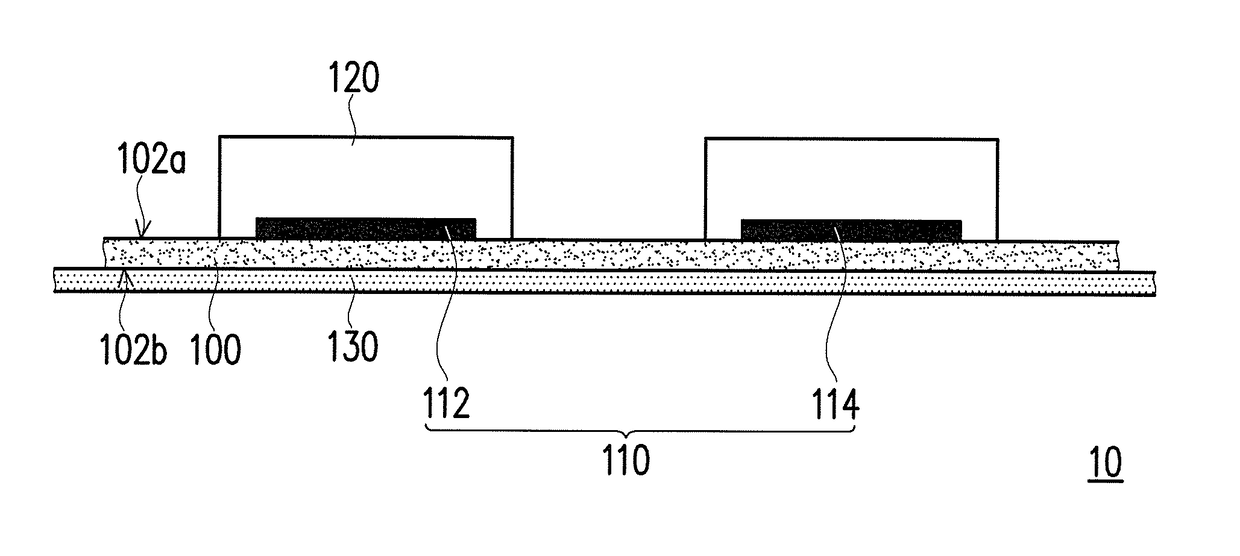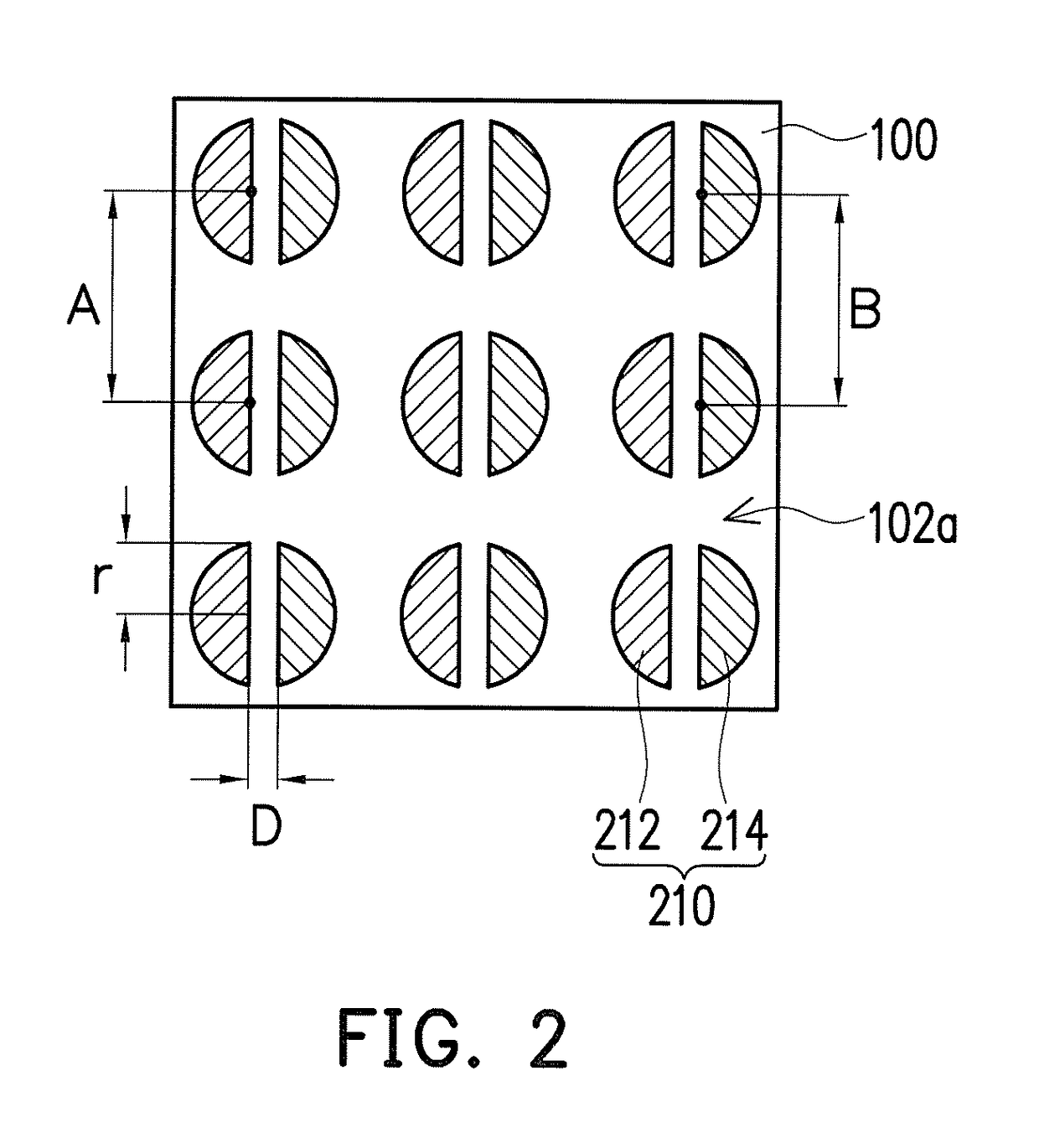Wound care dressing
a wound care and dressing technology, applied in the field of wound care dressings, can solve the problems of increased pain at the wound site, increased discomfort for patients, silver cytotoxicity, etc., and achieve the effect of effective promotion of wound healing
- Summary
- Abstract
- Description
- Claims
- Application Information
AI Technical Summary
Benefits of technology
Problems solved by technology
Method used
Image
Examples
experimental examples
[0047]To prove that the wound care dressing provided in the invention has excellent effect of wound healing promotion and does not readily leave a scar at the wound, the following experimental examples are provided.
[0048]It should be mentioned that, since the preparation process of the wound care dressing is described in detail above, descriptions of a portion of the preparation details of the wound care dressing are omitted for ease of explanation.
Preparation of Wound Care Dressing
example 1
[0049]100 phr of conductive carbon paste and 10 phr of silver (as the material of the first active substance) were uniformly mixed to prepare a first electrode. 50 phr of conductive carbon paste and 10 phr of zinc (as the material of the second active substance) were uniformly mixed to prepare a second electrode. The formed plurality of electrode pairs was arranged in an array on the first surface of the hydrophobic base fabric in the arrangement structure and the electrode shape shown in FIG. 4. Then, the materials of the hydrogel layers were uniformly mixed and aligned and coated on the plurality of electrode pairs in a unit spray amount of 0.5 ml, and then curing was performed by irradiating a UV light at 247 nm for 60 seconds to form hydrogel layers each having a thickness of 1 mm to 2 mm. Lastly, the waterproof thin film was aligned and adhered to the second surface of the hydrophobic base fabric to complete the manufacture of the wound care dressing.
example 2
[0050]100 phr of conductive carbon paste and 10 phr of silver (as the material of the first active substance) were uniformly mixed to prepare a first electrode. 100 phr of conductive carbon paste and 10 phr of zinc (as the material of the second active substance) were uniformly mixed to prepare a second electrode. The formed plurality of electrode pairs was arranged in an array on the first surface of the hydrophobic base fabric in the arrangement structure and the electrode shape shown in FIG. 2. Then, the materials of the hydrogel layers were uniformly mixed and aligned and coated on the plurality of electrode pairs in a unit spray amount of 1 ml, and then curing was performed by irradiating a UV light at 247 nm for 60 seconds to form hydrogel layers each having a thickness of 1 mm to 2 mm. Lastly, the waterproof thin film was aligned and adhered to the second surface of the hydrophobic base fabric to complete the manufacture of the wound care dressing.
PUM
| Property | Measurement | Unit |
|---|---|---|
| radius | aaaaa | aaaaa |
| radius | aaaaa | aaaaa |
| diameter | aaaaa | aaaaa |
Abstract
Description
Claims
Application Information
 Login to View More
Login to View More - R&D
- Intellectual Property
- Life Sciences
- Materials
- Tech Scout
- Unparalleled Data Quality
- Higher Quality Content
- 60% Fewer Hallucinations
Browse by: Latest US Patents, China's latest patents, Technical Efficacy Thesaurus, Application Domain, Technology Topic, Popular Technical Reports.
© 2025 PatSnap. All rights reserved.Legal|Privacy policy|Modern Slavery Act Transparency Statement|Sitemap|About US| Contact US: help@patsnap.com



